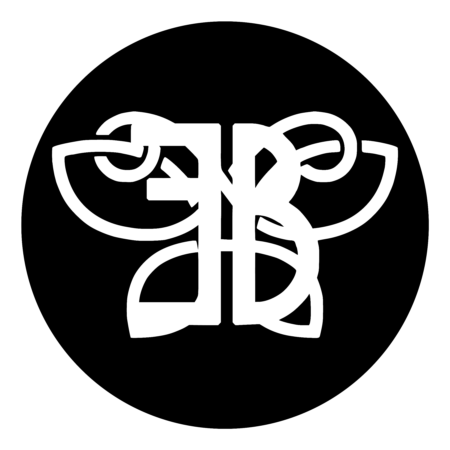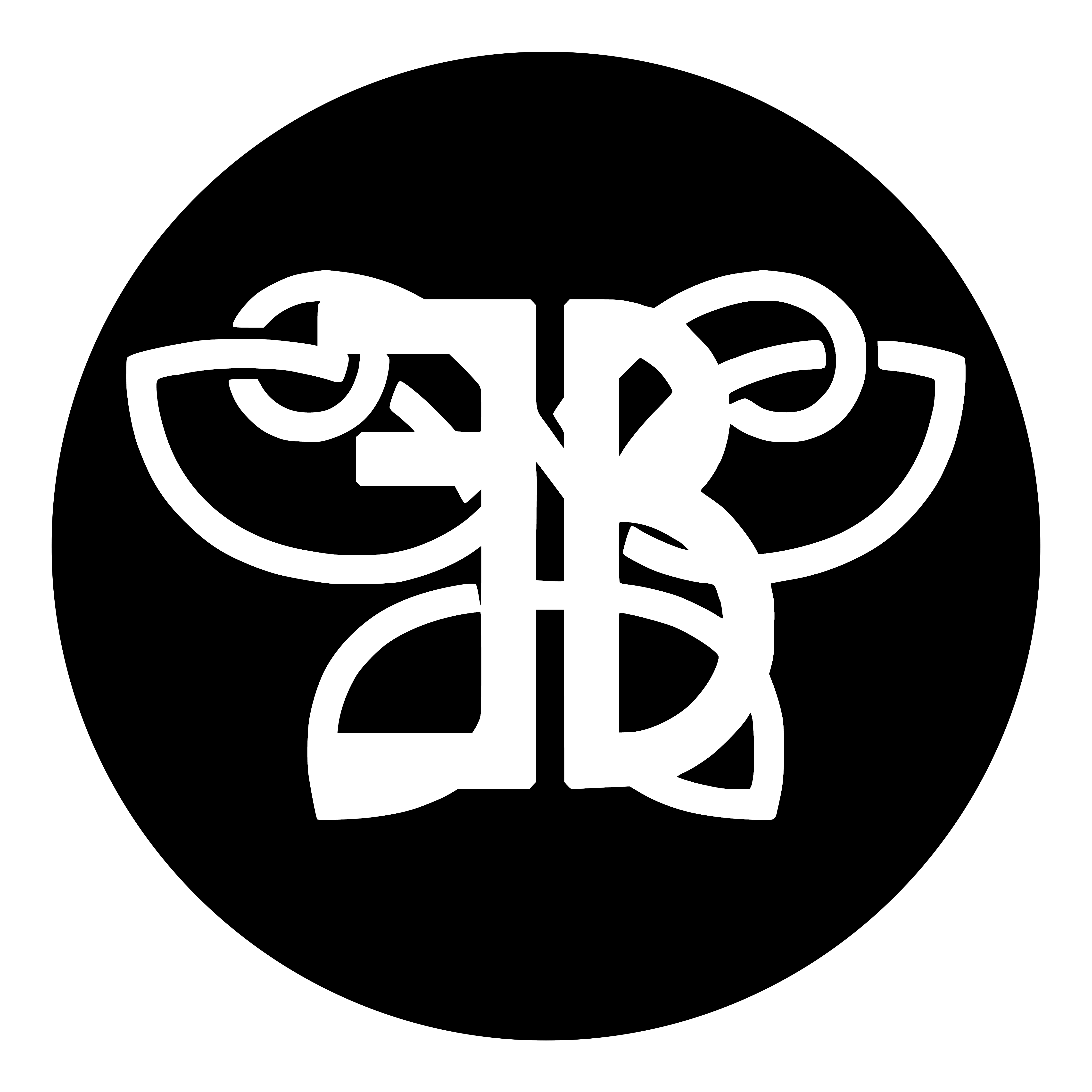Behavioral and Cognitive Therapy (CBT)
It is recognized for its effectiveness in treating phobias,anxiety, eating disorders and OCD. How does it work? Do I need to see a psychiatrist or a psychologist? How long does therapy last?
Cognitive-behavioral therapies (CBTs) are available for both adults and children, and the scientific community not only recognizes their superior efficacy in the management of many psychiatric disorders, but also recommends their use in a wide range of clinical situations.
DEFINITION: WHAT IS COGNITIVE BEHAVIORAL THERAPY (CBT)?
Behavioral and cognitive therapies (CBTs) are a range of different therapeutic approaches that combine exposure, distancing thoughts through relaxation or mindfulness techniques, working on obsessions, assertiveness, etc. "They are based on psychoeducation, which is the basis for the treatment of mental illness.
"They are based on psycho-education. The person is given a certain amount of information about his or her problem and about the therapy; information that will help him or her to understand, adhere to the project and carry out exercises on his or her own outside the sessions".
Situation
Something's coming
Thinking
the situation is interpreted
Emotion
an emotion occurs as a result of the thought
Behavior
an action is produced in response to the emotion
WHAT'S THE POINT OF TCC?
CBT was designed to treat anxiety and phobias. "They are particularly effective on anxiety symptoms, phobias and OCD, but also on sleep problems, eating disorders, etc. They improve quality of life in the short (ten to twelve weeks) and medium term (three to six months). They improve quality of life in the short (ten to twelve weeks) and medium term (three to six months).
Behavioural and cognitive therapies are thus distinguished from other therapies by certain characteristics:
- focus on current causes of problem behavior;
- lasting behavioural change is evaluated and considered a major criterion for successful therapy;
- treatment procedures are objectively described and therefore reproducible by other therapists for patients with similar difficulties.
HOW DOES TCC WORK?
"CBT usually begins with a thorough assessment of symptoms and the circumstances that triggered them, as well as a discussion of context and individual and interpersonal factors.
Based on this initial analysis, the therapist and patient define a number of objectives. Exercises are then proposed to the patient during and outside the sessions. For example, teaching an OCD sufferer to reduce his rituals by helping him to distance himself from his obsessions.
The therapy aims to replace the maladaptive behavior with a more appropriate one, in line with the patient's wishes. Together with the patient, the therapist defines the goals to be achieved and encourages this new learning process by developing an appropriate therapeutic strategy.
How long does CBT last?
CBT lasts an average of 8 to 12 weeks.
The duration depends on the individual patient, but in general CBT is a brief therapy lasting between 8 and 12 weeks. Sessions last from 30 to 60 minutes in individual therapy.
What results can we expect?
Behavioral and cognitive therapies have a real impact on the patient's well-being and quality of life.
"The effectiveness of CBT has been proven in controlled studies. We get very good results in treating phobias, OCD and anxiety. But for CBT to work, you have to practice the exercises. It's an active, day-to-day therapy!
Duration: 30 to 60 minutes
Price to be determined according to objectives
It's important to remember that CBTs don't miraculously solve all problems, but are first and foremost the result of a transdiagnostic approach adopted by the therapist. This enables the therapist to propose the most appropriate tools for the various objectives defined with the patient as part of the therapeutic relationship, with a view to improving the patient's quality of life.

